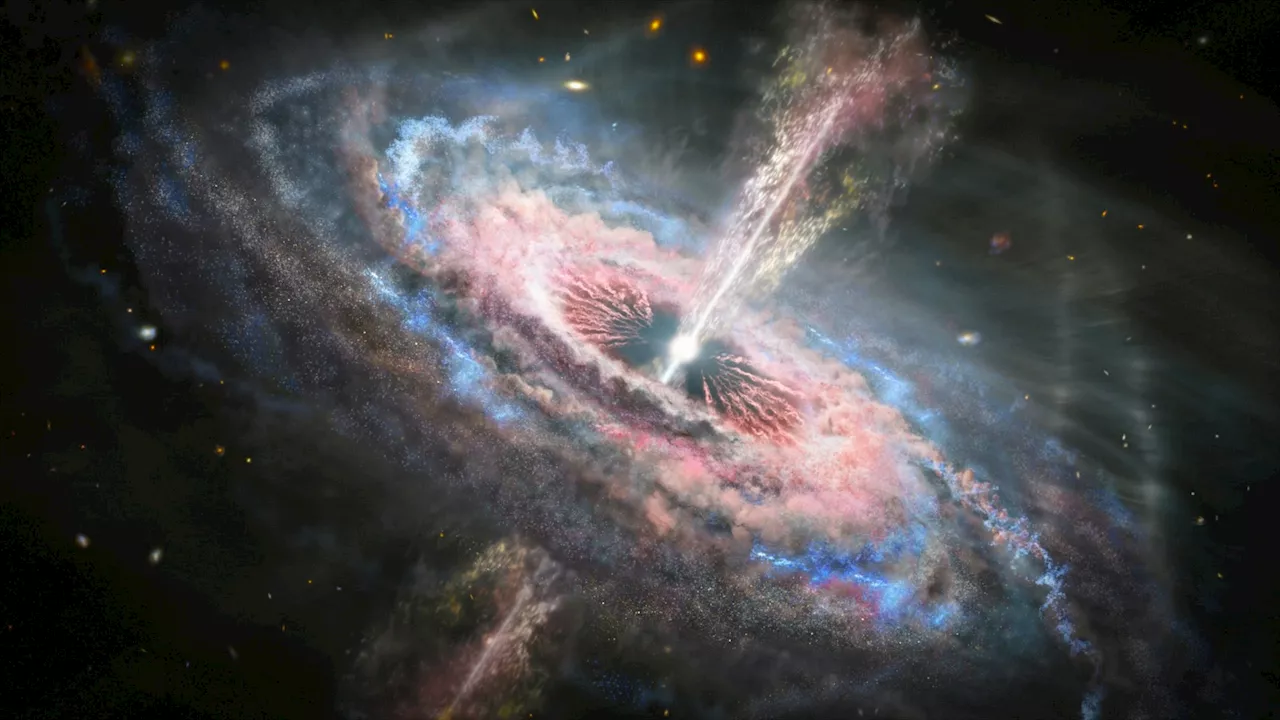A new study suggests that dark matter may interact with regular matter through forces beyond gravity, based on the uniform distribution of stars in ultrafaint dwarf galaxies.
Dark matter, thought to be five times more massive than regular matter, helps hold galaxies together and explains puzzling star movements.Why is the dark matter called “dark”? Is it because it holds some evil cosmic forces or shady secrets that scientists don’t want us to know? Well, such fancy assumptions may sound intriguing to a conspiracy theorist, but they’re far from the truth.
Dark matter does have mass though, and mass creates gravity. This means dark matter can pull on or interact with regular matter and vice versa. Such interactions are rare, and gravity remains the only known force that makes the two forms of matter interact.It is believed that dark matter constitutes roughly five times the mass of regular matter in our universe. It helps keep galaxies together and explains some movements of stars that wouldn’t make sense based on visible matter alone.
Astronomy Dark Matter Galaxies Star Distribution Gravity New Interactions
United States Latest News, United States Headlines
Similar News:You can also read news stories similar to this one that we have collected from other news sources.
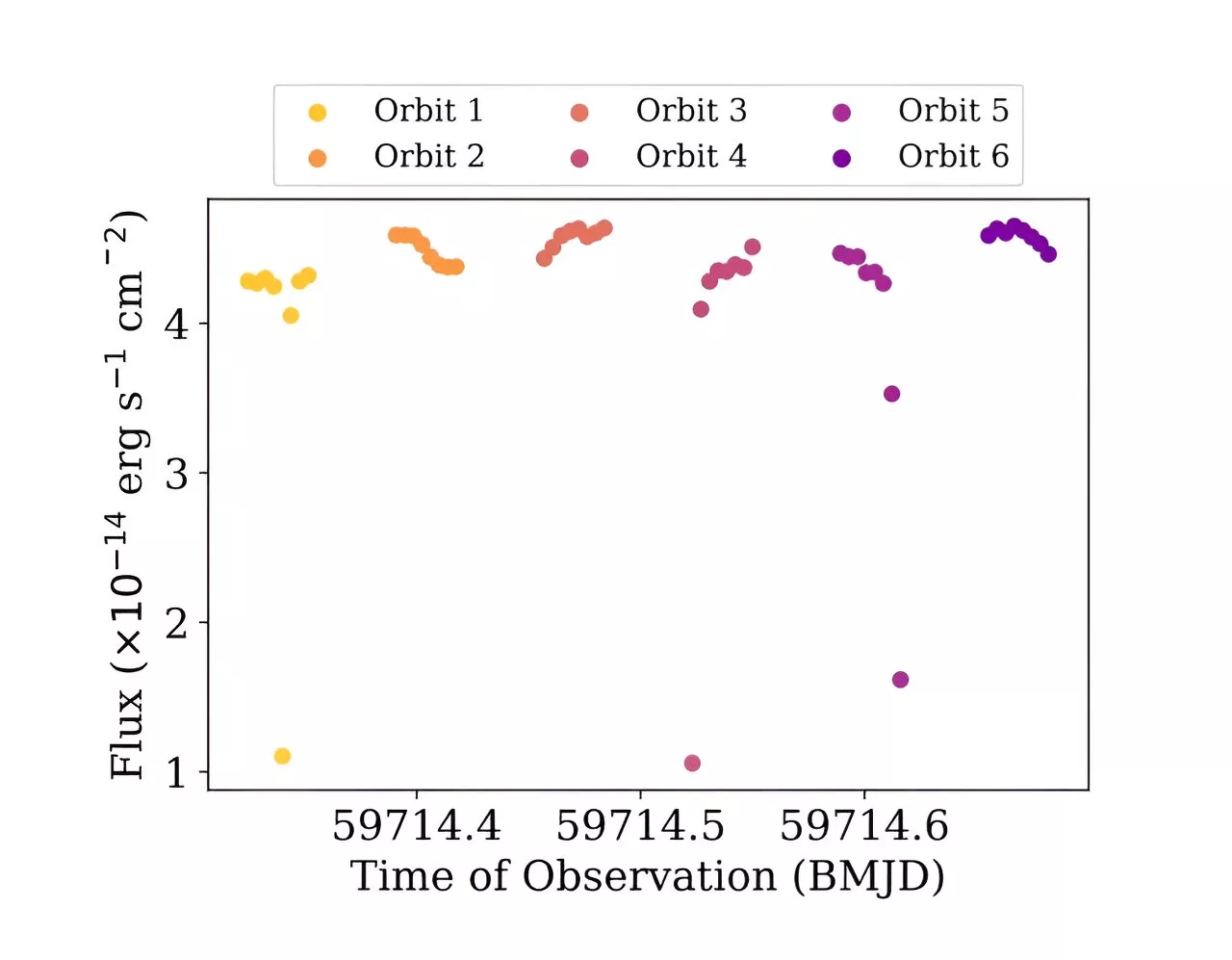 Observations provide crucial insights into the nature of a white dwarf–brown dwarf binaryUsing the Hubble Space Telescope (HST), astronomers have performed spectrophotometric observations of an eclipsing white dwarf–brown dwarf binary known as WD1032+011. Results of their observational campaign, published September 10 on the preprint server arXiv, yield important information regarding the nature of this system.
Observations provide crucial insights into the nature of a white dwarf–brown dwarf binaryUsing the Hubble Space Telescope (HST), astronomers have performed spectrophotometric observations of an eclipsing white dwarf–brown dwarf binary known as WD1032+011. Results of their observational campaign, published September 10 on the preprint server arXiv, yield important information regarding the nature of this system.
Read more »
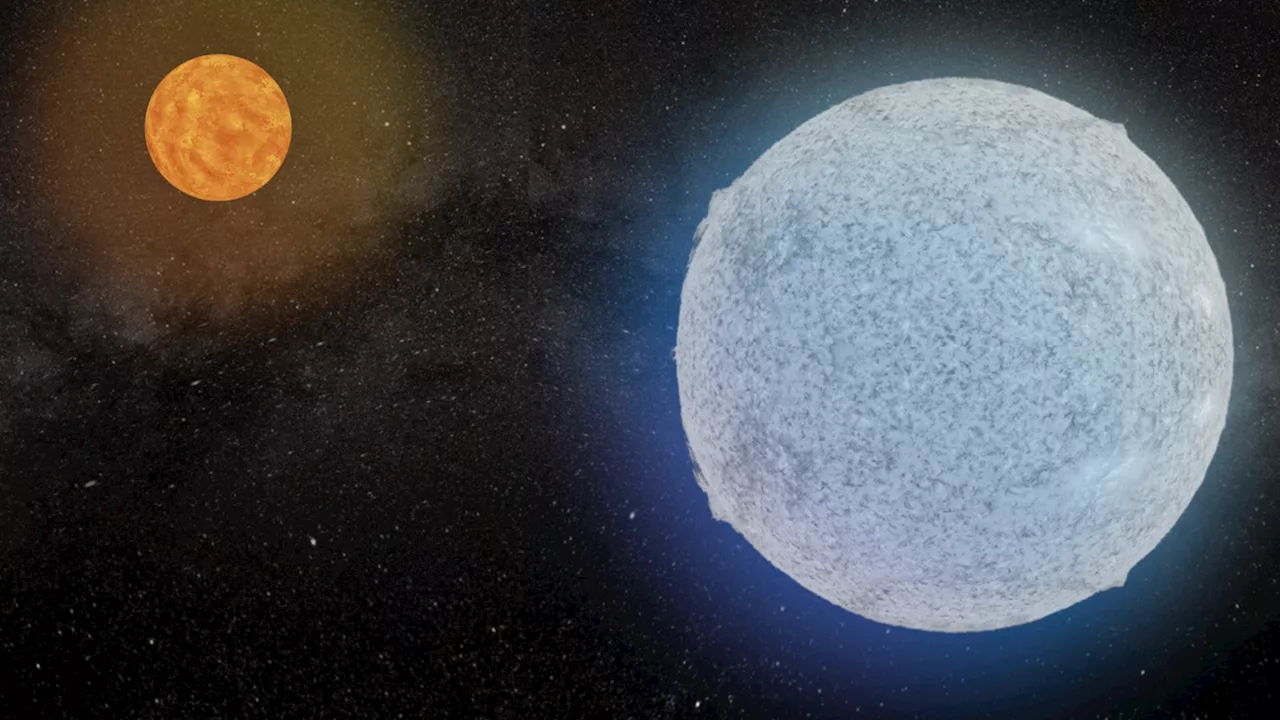 Did a star escape cannibalism by its dead 'monster' white dwarf companion?Robert Lea is a science journalist in the U.K. whose articles have been published in Physics World, New Scientist, Astronomy Magazine, All About Space, Newsweek and ZME Science. He also writes about science communication for Elsevier and the European Journal of Physics. Rob holds a bachelor of science degree in physics and astronomy from the U.K.
Did a star escape cannibalism by its dead 'monster' white dwarf companion?Robert Lea is a science journalist in the U.K. whose articles have been published in Physics World, New Scientist, Astronomy Magazine, All About Space, Newsweek and ZME Science. He also writes about science communication for Elsevier and the European Journal of Physics. Rob holds a bachelor of science degree in physics and astronomy from the U.K.
Read more »
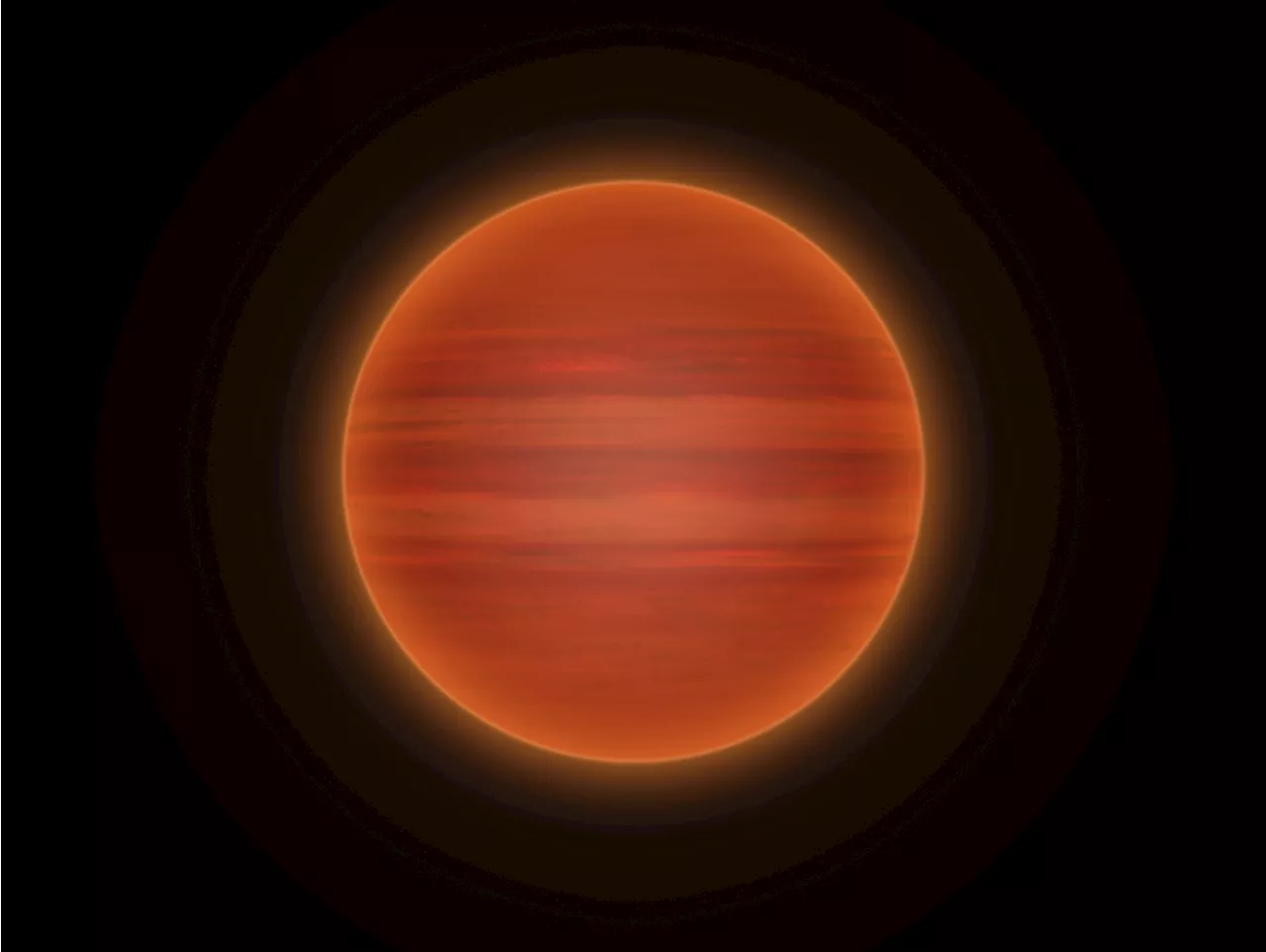 A Failed Star can Form Brown Dwarf Stars, Which Host Their Own Planetary SystemsWhat is a brown dwarf star? These formations often defy classification, blurring the line between planets and stars.
A Failed Star can Form Brown Dwarf Stars, Which Host Their Own Planetary SystemsWhat is a brown dwarf star? These formations often defy classification, blurring the line between planets and stars.
Read more »
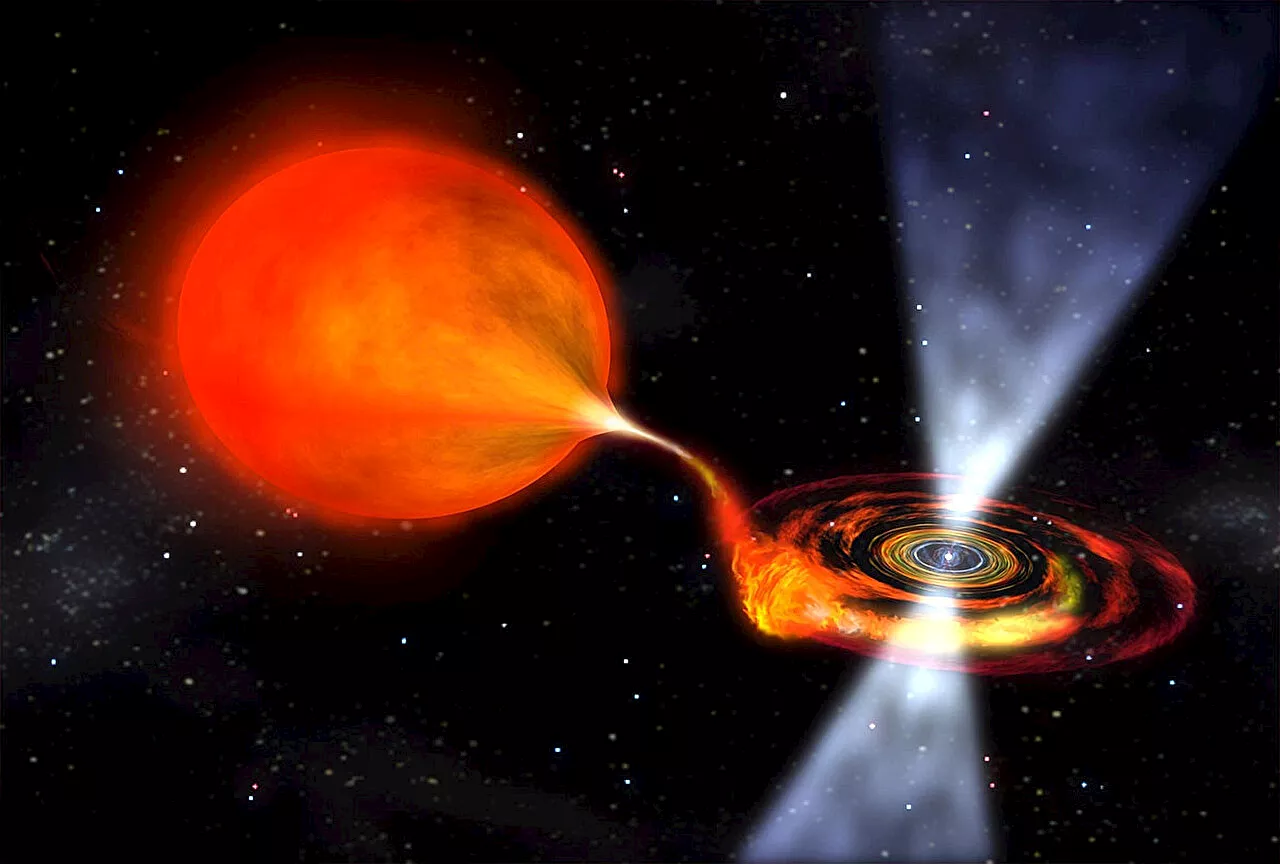 Origins of variability in X-ray photons from a symbiotic binary star as revealed by dimensionality reductionSymbiotic binary stars are a type of binary star system that consists of a compact star (such as a white dwarf) and a red giant star. In these systems, a compact star accretes materials from a red giant star and produces soft X-ray photons.
Origins of variability in X-ray photons from a symbiotic binary star as revealed by dimensionality reductionSymbiotic binary stars are a type of binary star system that consists of a compact star (such as a white dwarf) and a red giant star. In these systems, a compact star accretes materials from a red giant star and produces soft X-ray photons.
Read more »
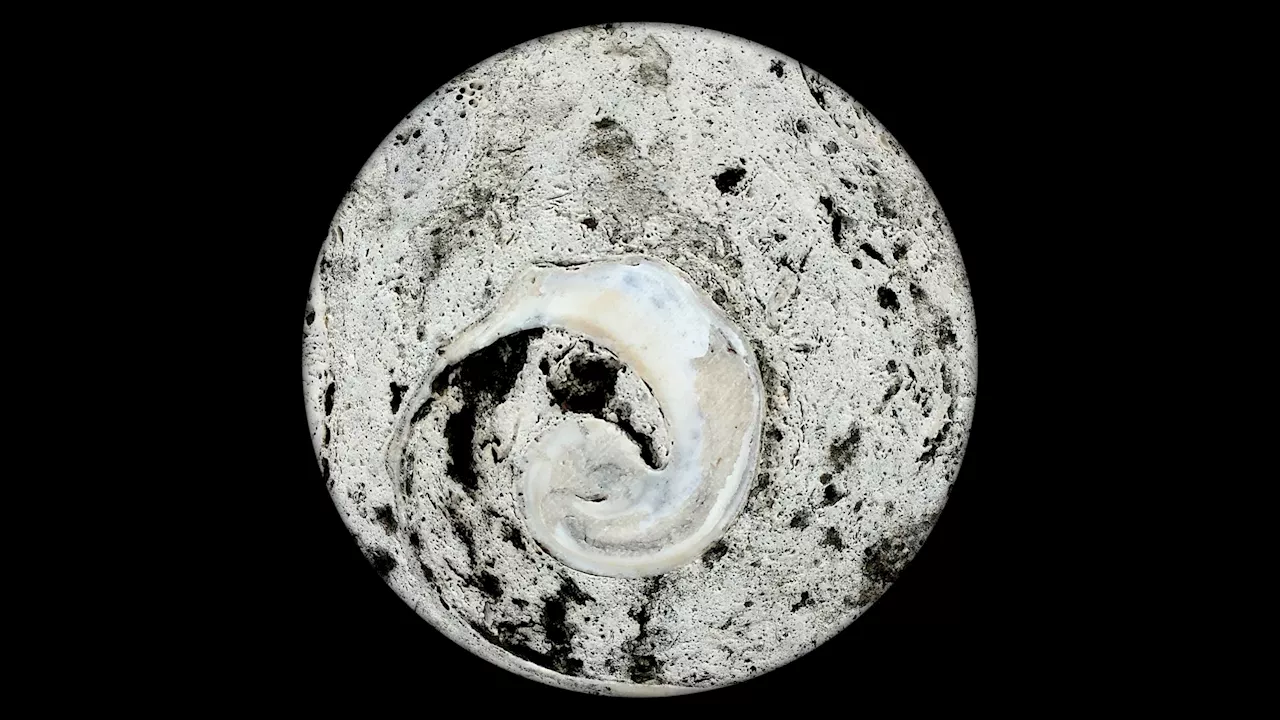 Dwarf planet Ceres was once muddy ocean, now surface is 90% ice: StudyA new study reveals that the dwarf planet Ceres is much icier than previously thought, possibly harboring a subsurface ocean.
Dwarf planet Ceres was once muddy ocean, now surface is 90% ice: StudyA new study reveals that the dwarf planet Ceres is much icier than previously thought, possibly harboring a subsurface ocean.
Read more »
 Spectrophotometric study explores an early-type dwarf galaxyUsing the Gemini Observatory, Argentinian astronomers have conducted comprehensive photometric and spectroscopic observations of an early-type dwarf galaxy known as CGCG014-074.
Spectrophotometric study explores an early-type dwarf galaxyUsing the Gemini Observatory, Argentinian astronomers have conducted comprehensive photometric and spectroscopic observations of an early-type dwarf galaxy known as CGCG014-074.
Read more »
